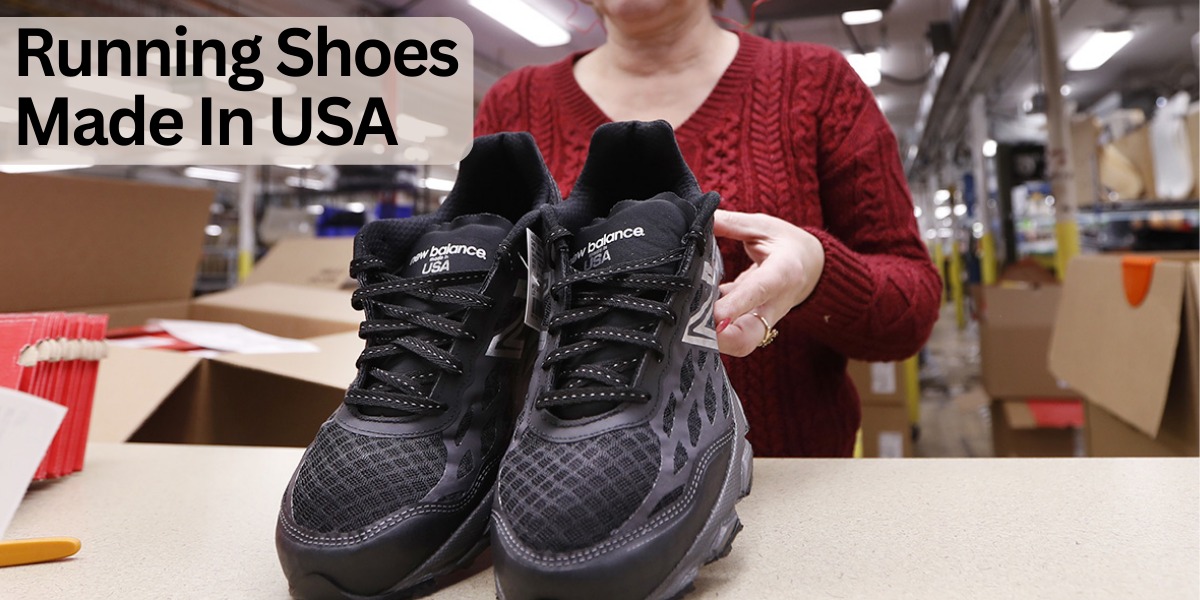Are you tired of sifting through endless options for running shoes that are made overseas? Do you want to support American-made products while also getting high-quality and durable shoes? Look no further! In this post, we will highlight some of the best running shoes made in the USA. From popular brands to lesser-known gems, we’ve got you covered. Get ready to lace up and hit the pavement with pride knowing that your feet are supported by American craftsmanship.
The History Of Running Shoes
The history of running shoes begins with Native Americans and the domestication of the American bison. Running began to be used as a form of exercise in the 1800s, and many early runners would run barefoot. Even in the 19th century, running shoes were not very common, as they were only developed after World War I. However, by 1938 Nike had created their first shoes specifically for runners.
The modern era of running shoes began in the 1960s when orthopedic surgeons began to prescribe aerobic exercise for patients who had knee surgery. As more people started to exercise, companies started to develop shoes that incorporated cushioning and support for these new runners. In 1971, Adidas released their first model of an athletic shoe called “Adi-Shoes.” By the 1980s, Nike was selling over 100 million pairs of running sneakers each year.
Today, there are many different types of running shoes available on the market. Some brands specialize in specific types of runs such as trail or road running. There are also different types of cushioning available including rubber or air-layered constructions. Additionally, newer technologies have been developed that allow runners to track their progress online or through mobile applications.
Types Of Running Shoes
There are many types of running shoes, but the four most common are stability shoes, motion-control shoes, cushioned shoes, and pronators.
Stability shoes fit a person’s foot like a sneaker and help stabilize the ankle, foot, and knee. Motion-control shoes have dense materials in the sole to control movement and prevent overuse injuries. Cushioned shoes provide extra cushioning for your feet and legs and can reduce pain from common running injuries such as shin splints. Pronators wear down over time and need to replace their running shoes more often, so they typically choose a shoe that is light and has a low heel height.
The Materials Used In Running Shoes
Running shoes are made of materials that vary based on the type of shoe. Synthetic materials are often used in running shoes because they are lightweight and offer good support. Leather is also a common material used in running shoes, as it is durable and offers good cushioning. Some runners prefer canvas sneakers because they are more breathable. Rubber is another popular material used in running shoes, as it provides good traction and durability.
How To Choose The Right Running Shoes
Choosing running shoes can be a challenge. There are so many great options available, and it can be tough to decide which one is right for you. Here are tips on how to choose the right running shoes:
- Take into account your foot type. Do you have wide feet or narrow feet? Runners with wider feet may benefit from running in shoes that are designed with a wider toe box, while runners with narrower feet may prefer shoes with a narrower toe box.
- Consider the type of runner you are. Are you looking for stability and cushioning or speed and lightness?
- Look at the contours of your foot. Do the shoes fit snugly against your foot, or are they roomy? Contoured shoes provide more support for your arch and may be better for people who experience pain in their feet due to excessive pronation (a tendency of the foot to roll inward). Roomy shoes will not provide as much support and may be better for people who do not experience pain in their feet.
- Make sure the shoe is flexible enough for your foot type and style of running. Some companies produce flexible but lightweight sneakers that would be best suited for recreational runners or those competing in shorter races; other companies produce stiffer sneakers that are better suited for distance running or endurance events lasting longer than an hour or two. More Post Visit .









